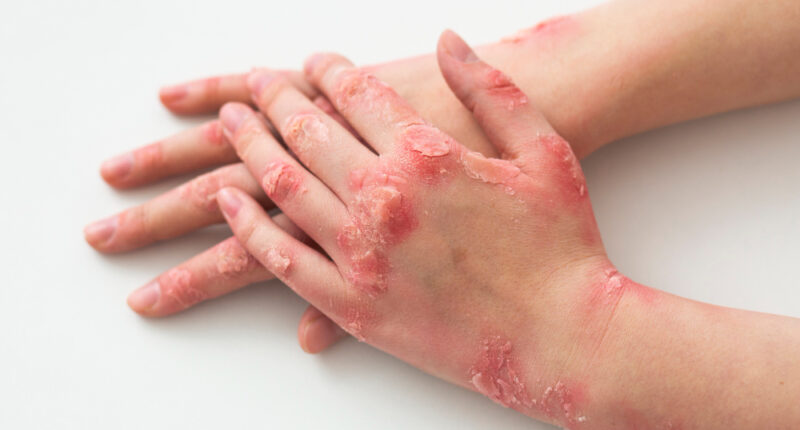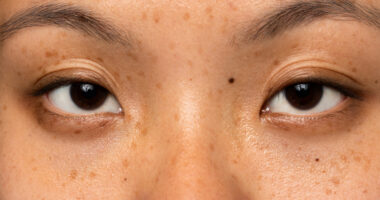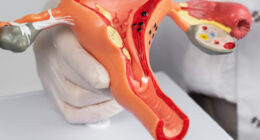Yeast infections are a common condition that many women and some men will experience at some point in their lives. Caused primarily by an overgrowth of the fungus Candida, yeast infections can cause discomfort and disrupt daily activities. This blog will delve into the symptoms, causes, prevention, and treatment options for yeast infections, providing a comprehensive guide for managing this condition.
What is a Yeast Infection?
A yeast infection, also known as candidiasis, is a fungal infection that affects various parts of the body, but it most commonly occurs in the vaginal area for women. Candida, a type of yeast, is naturally present in the body in small amounts. However, when the balance of microorganisms in the body is disrupted, Candida can multiply excessively, leading to an infection.
Symptoms of Yeast Infection
The symptoms of a yeast infection can vary depending on the location of the infection, but common signs include:
- Itching and Irritation: Persistent itching and irritation in the affected area.
- Redness and Swelling: Red, swollen skin around the vaginal area in women, or the foreskin in men.
- Thick, White Discharge: Often described as resembling cottage cheese, this discharge is usually odourless.
- Burning Sensation: Especially during urination or sexual intercourse.
- Pain and Soreness: General discomfort and soreness in the affected area.

Causes of Yeast Infection
Several factors can contribute to the development of a yeast infection, including:
- Antibiotic Use: Antibiotics can kill beneficial bacteria in the body that help control yeast growth.
- Hormonal Changes: Pregnancy, birth control pills, and hormone therapy can alter the balance of microorganisms in the body.
- Diabetes: High blood sugar levels can create an environment conducive to yeast growth.
- Weakened Immune System: Conditions like HIV/AIDS or treatments like chemotherapy can compromise the immune system, increasing the risk of infections.
- Tight Clothing: Wearing tight, non-breathable clothing can create a warm, moist environment that promotes yeast growth.
Prevention of Yeast Infections
Preventing yeast infections involves maintaining a healthy balance of microorganisms in the body and avoiding conditions that promote yeast overgrowth. Prevention tips include:
- Maintain Good Hygiene: Regularly wash and dry the genital area thoroughly.
- Wear Breathable Clothing: Opt for cotton underwear and avoid tight-fitting pants.
- Avoid Scented Products: Scented soaps, sprays, and douches can disrupt the natural balance of bacteria and yeast.
- Control Blood Sugar Levels: If you have diabetes, manage your blood sugar levels effectively.
- Use Antibiotics Judiciously: Only use antibiotics when necessary and as prescribed by a healthcare provider.
Treatment Options for Yeast Infections
Several effective treatment options are available for yeast infections, ranging from over-the-counter remedies to prescription medications. Common treatments include:
- Over-the-Counter Antifungal Medications: Creams, ointments, and suppositories available at pharmacies can effectively treat mild to moderate yeast infections.
- Prescription Medications: For more severe infections, a healthcare provider may prescribe stronger antifungal medications, either topical or oral.
- Home Remedies: Some people find relief using natural remedies such as yoghurt, probiotics, or tea tree oil. However, it’s important to consult a healthcare provider before trying home remedies.
- Lifestyle Adjustments: Making changes to diet and personal hygiene can help prevent recurring infections. This includes reducing sugar intake and wearing loose-fitting, breathable clothing.
When to See a Doctor
While many yeast infections can be treated effectively at home, it’s important to consult a healthcare provider if:
- Symptoms persist despite treatment.
- You experience frequent yeast infections.
- You have severe symptoms, such as significant swelling or sores.
- You are unsure whether your symptoms are due to a yeast infection or another condition.
Conclusion
Yeast infections are a common but manageable condition. By understanding the symptoms, causes, and treatment options, you can take proactive steps to prevent and treat yeast infections effectively. Maintaining good hygiene, making informed lifestyle choices, and seeking medical advice when necessary can help keep yeast infections at bay and ensure overall well-being. If you suspect you have a yeast infection, don’t hesitate to consult a healthcare provider for personalized advice and care.









